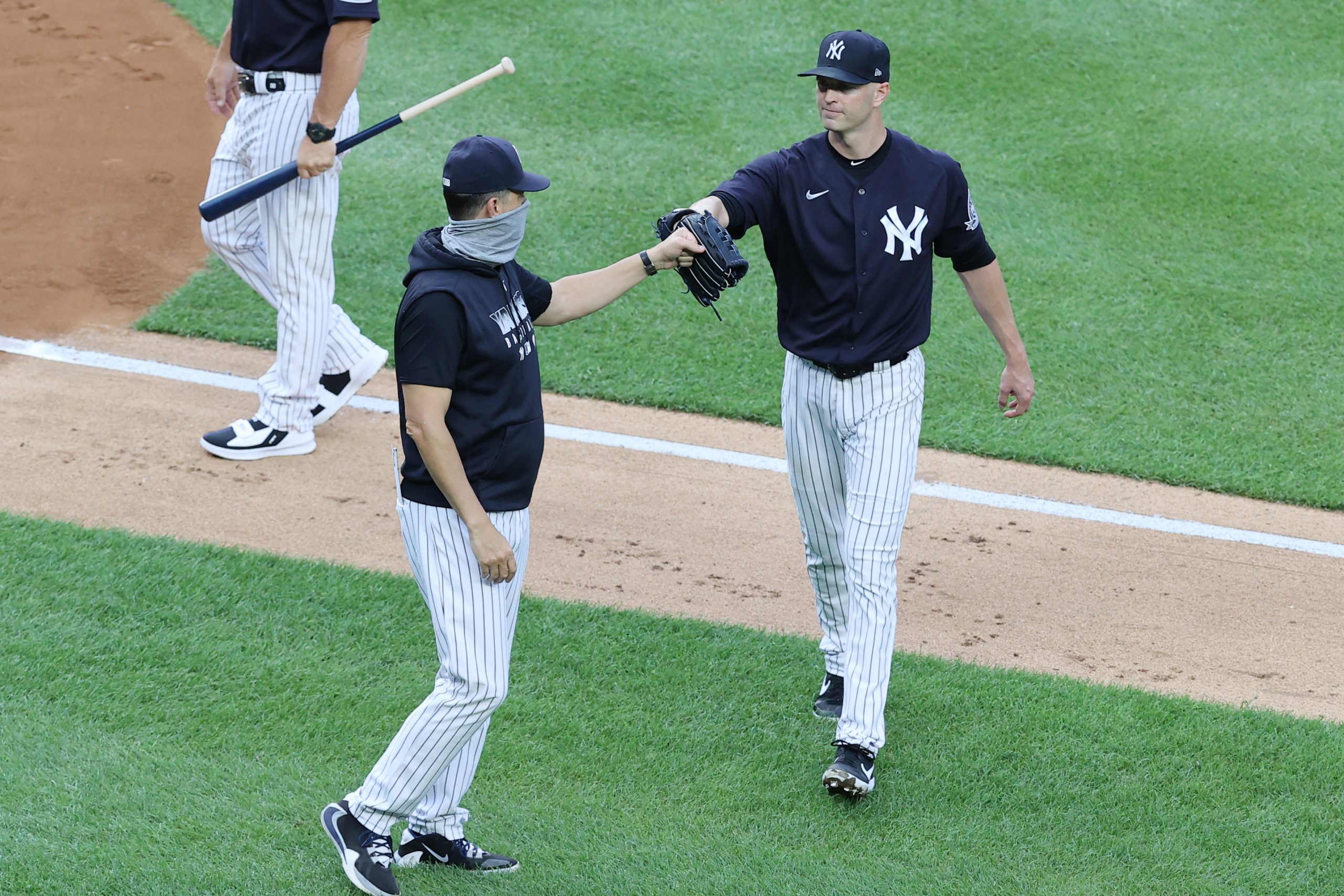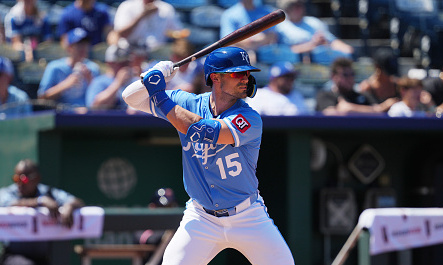If the 2020 MLB season is to occur, it will be an anomaly.
We can all debate to the high heavens about whether or not there should be an asterisk next to it in the history books, but I think we can all agree that it’s going to be weird, and you have to take it for what it is.
One of the more interesting parts of this season is the roster size. Nothing about the 40-man roster is different in 2020, but there will be a 60-man roster that features a taxi squad––players not on the 26-man “active” roster.
During a normal season, teams always figure out ways to manipulate the rules and alter how they can build their rosters. Even during a 60-game season, teams will find ways to find loopholes. So how could they do it?
One of the biggest points of contention during the MLB-MLBPA negotiations had to do with service time.
1. What is service time?
Players get service time for each day that they spend on the MLB roster or injured list. Service time is a tool used to dictate when players become eligible for free agency or arbitration.
During a 162-game season, players must be on the MLB roster or MLB IL for 172 days to accrue a full year of service time. According to Dayn Perry of CBS Sports, an MLB season will usually take 187 days to complete. So what organizations will do is manipulate that rule and keep a prospect in the minors for the first 16 or so days of the regular season so they’ll be on the roster for less than 172 days. That way teams get an extra year of cost and control over prospects, much like with Kris Bryant in 2015.
2. Will teams still be able to do this in a 60-game season?
The answer is yes. If certain teams don’t want to let certain players accrue a year of service time, they can hold them out of the first seven games of this season.
The big thing here is what teams will actually do this, especially given the added importance on each game. You want your best lineup out there at all times, so there’s really no time to let some prospects play in a couple of games so they can develop.
Unless, of course, you’re the Baltimore Orioles, Detroit Tigers, Kansas City Royals, or Miami Marlins––all of whom are rebuilding, making it increasingly likely that they give their top prospects some run after a couple of weeks.
But is it worth it? That is ultimately up to those front offices. If the going gets really tough, it might be worth it (especially with no minor league baseball this year) but at the same time, it might also not be. The sample size for this season is incredibly small already, and some results might not mean anything towards development.
3. What about players about to enter free agency?
Instead of organizations manipulating rules, the players could use this loophole to enter free agency early.
On the latest episode of the Talkin’ Baseball podcast, Trevor Plouffe brings up this exact point.
“What about the guys who are x amount of days away from free agency,” Plouffe says. “If a guy is 15 days away from free agency, 20 days away from free agency… what if he just goes and plays for 20 days and is like, ‘I’m out.’ That could happen.”
That situation is entirely possible. It’s also something that we’ve never seen before. Usually, players have to play a full season to become a free agent that offseason.
Mookie Betts, for example, has to play, or at least be on the injured list, for the full 2020 season, to enter free agency for the 2021 season. If Betts does not play, he will lose a year of service time and enter free agency after the 2021 season.
But for other pending free agents, there’s no reason to play on a bad team for a year, risk injury, and/or risk getting infected with the virus.
If Jonathan Villar doesn’t like the situation in Miami after some time, he could opt out and get a head start on negotiations. The same goes for Marcus Stroman with the Mets.
4. What about players on the 40-man roster who aren’t ready for the MLB?
Every single year, teams will put players on their 40-man roster to protect them in the Rule 5 draft, even though those players aren’t nearly ready for the MLB level.
Take, for example, the Yankees. Luis Gil and Luis Medina are two of their best pitching prospects, but neither is ready to face major league bats yet. The same can be said for Estevan Florial, who was once their top-ranked prospect before some recent struggles.
To that front office, they’re too valuable to just let go in the Rule 5 draft. So they’re on the 40-man. But as mentioned before, all bets are off during this season. What happens if a team needs to open up a spot for a more-ready player, but unproven players are in their place.
The rule is that either that player needs to be released, or designated for assignment and go through waivers for a spot on the 40-man to open up.
If teams want to open up a spot without losing a player, they can put that player on the IL with any sort of fake injury that they want. A spot for a new player will then open up and, with a 60-game season, players can be put on the 60-day IL, plus rehab stints, so teams don’t have to waste spots.
Manipulating these rules is not a new thing for these organizations. They’ve undoubtedly been finding loopholes for years now to try and gain an advantage. During a normal season, teams can afford to make mistakes, as there’s time to fix them over 162 games. But over a 60-game dead sprint, look for teams to do whatever they can, how often they can, to have the most major league-ready lineup on the field every game.







